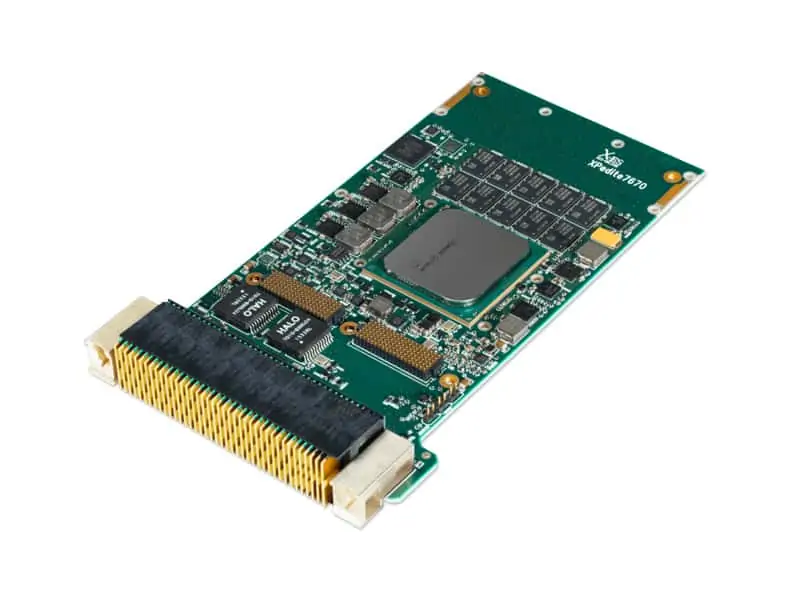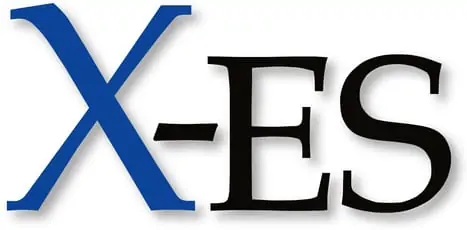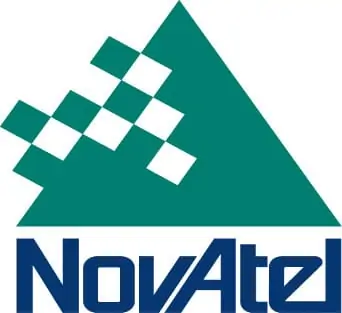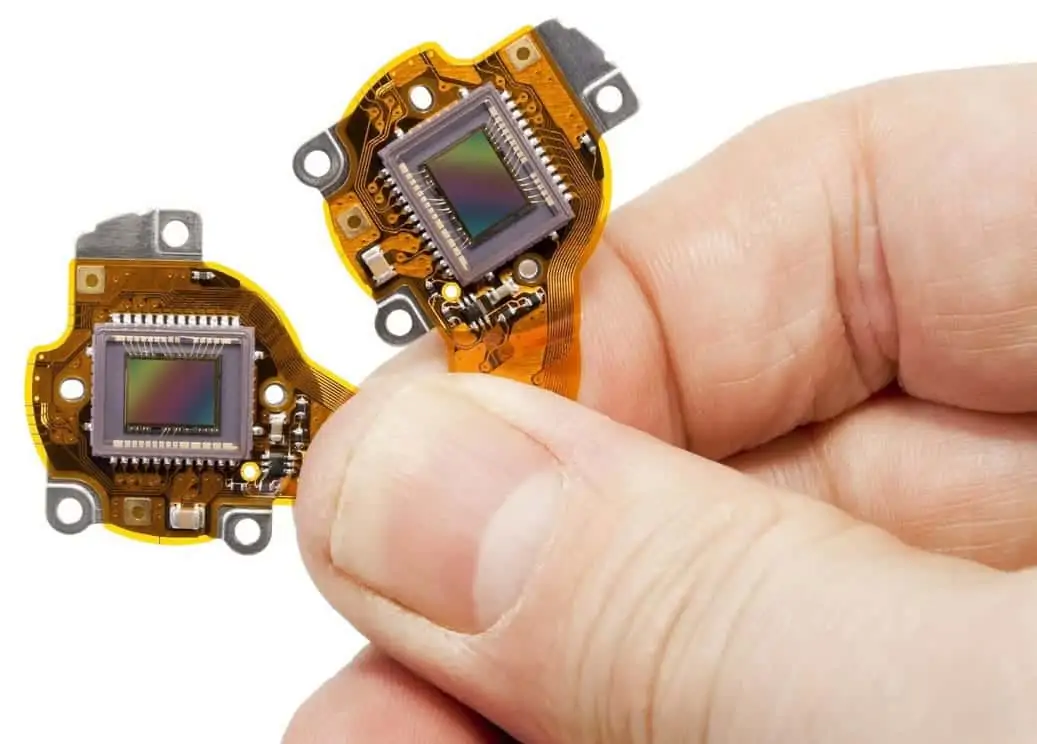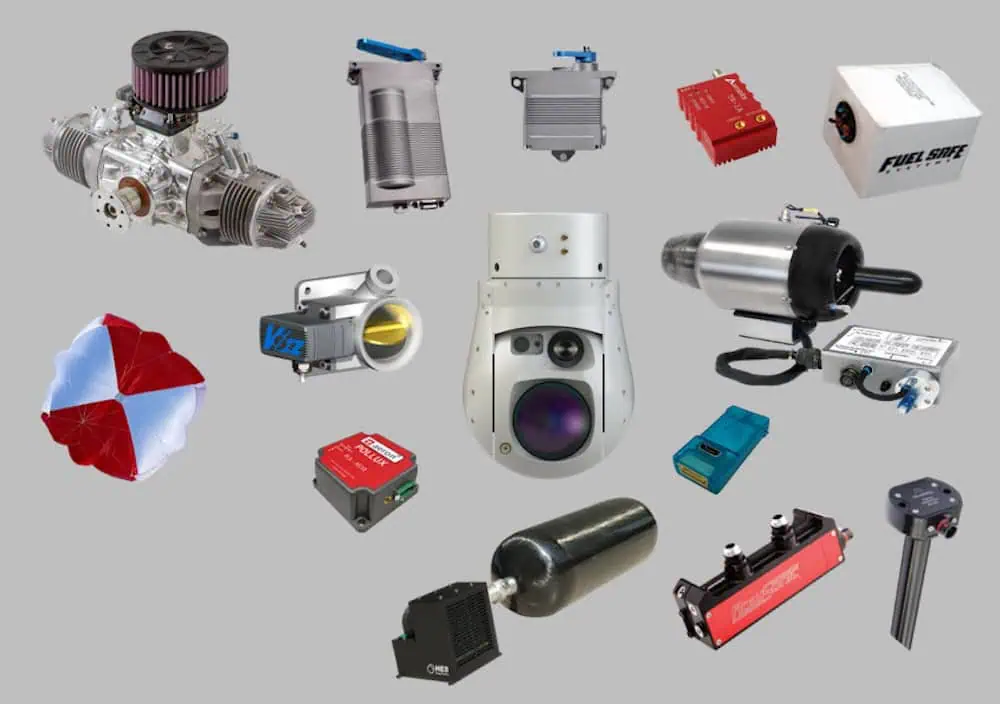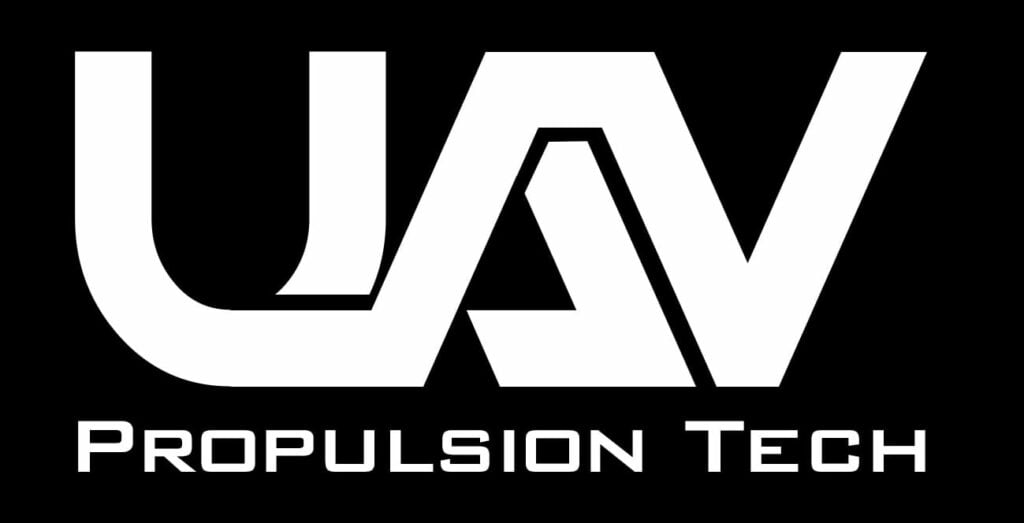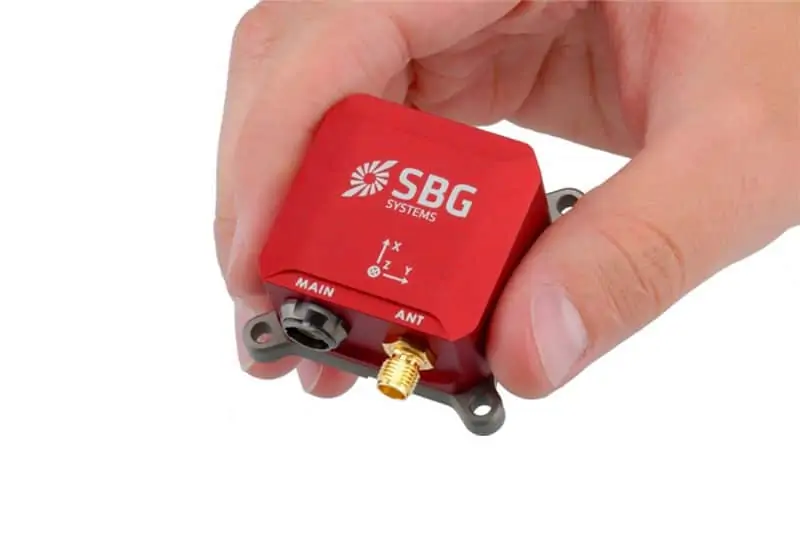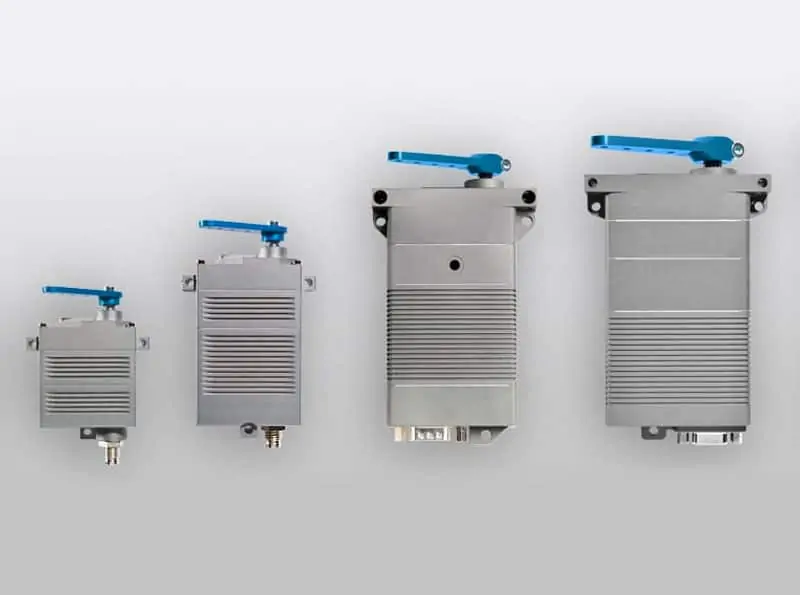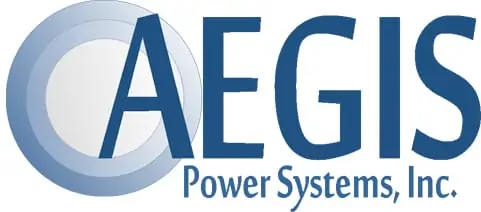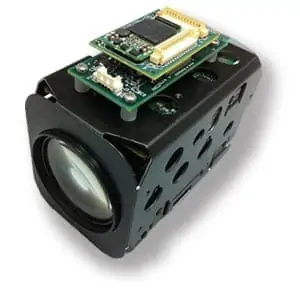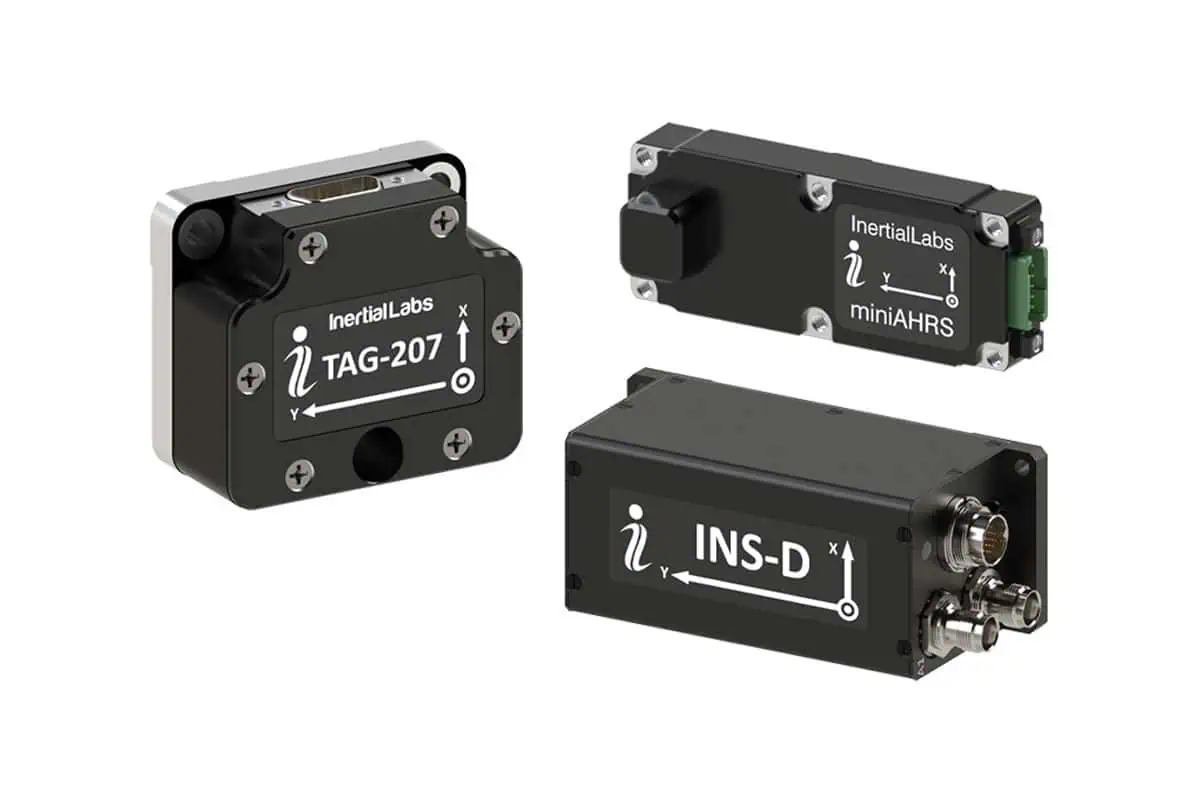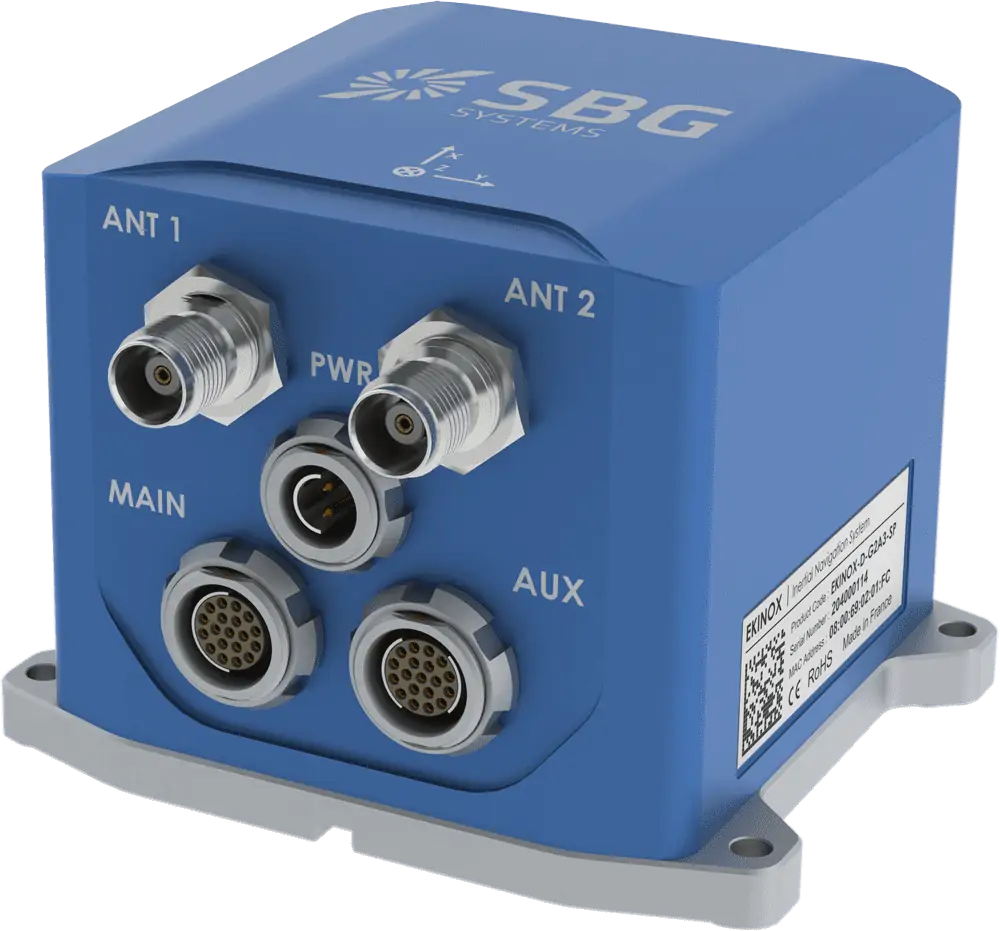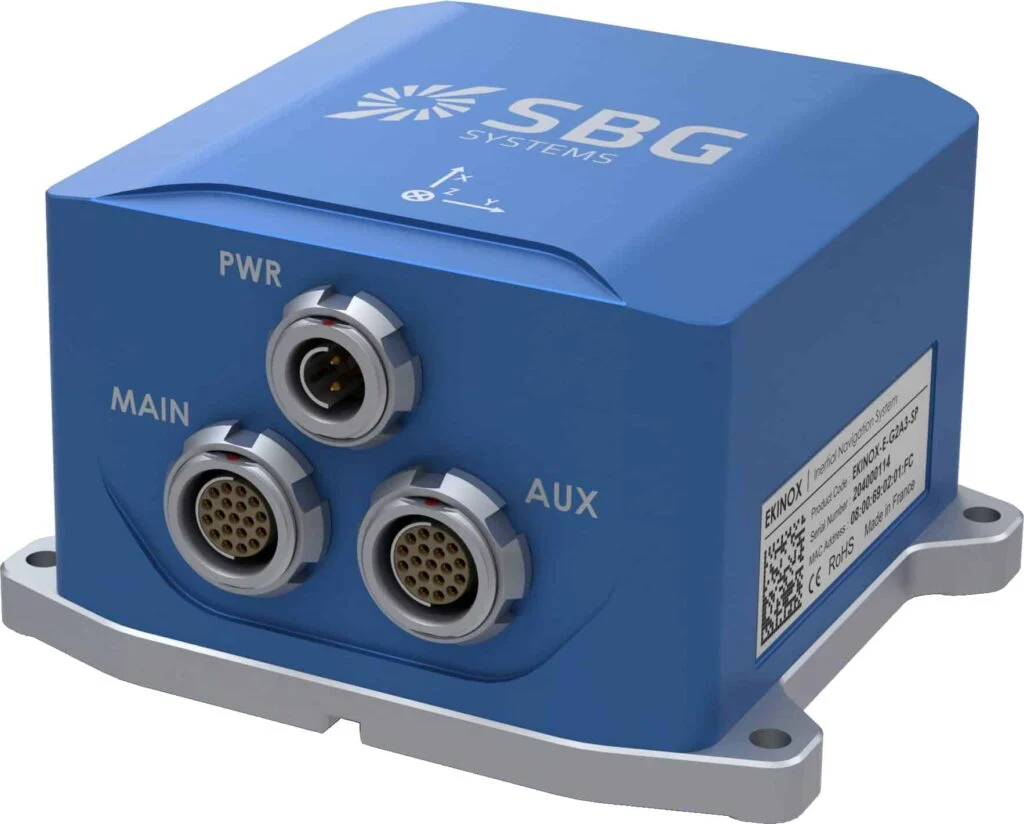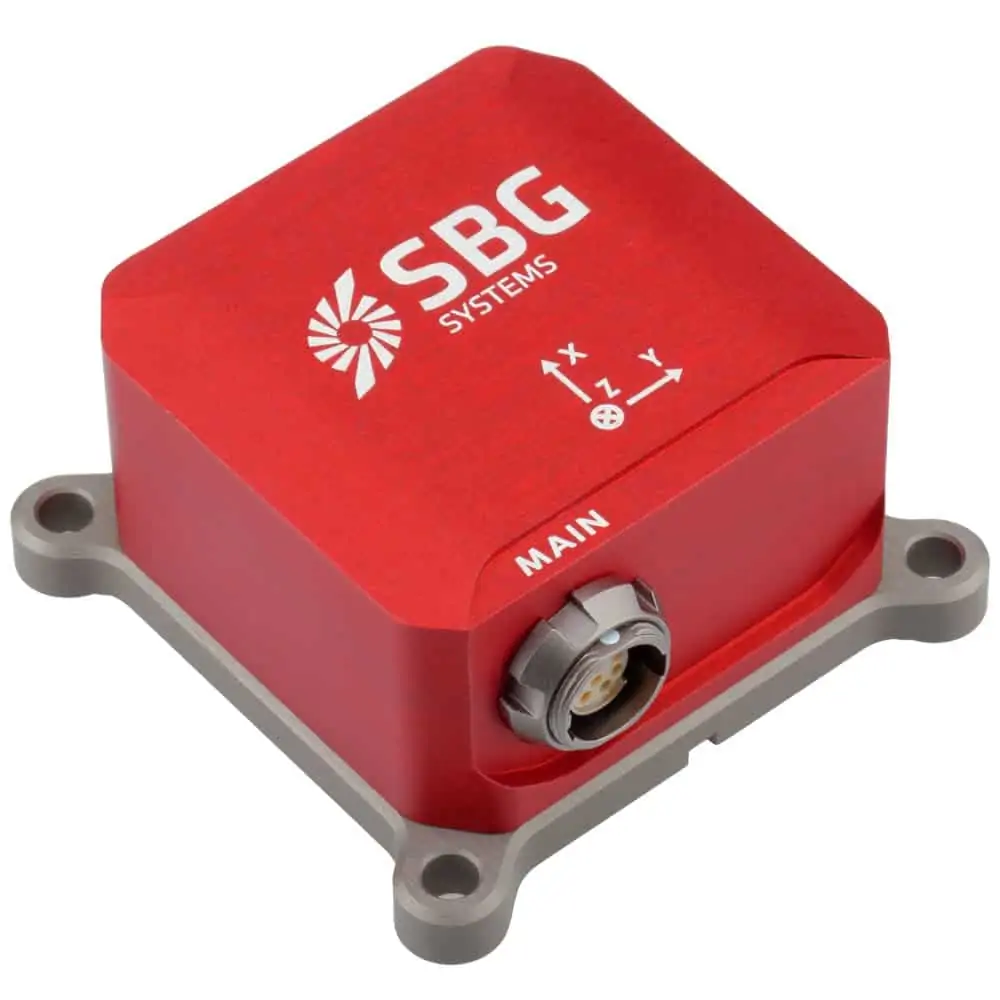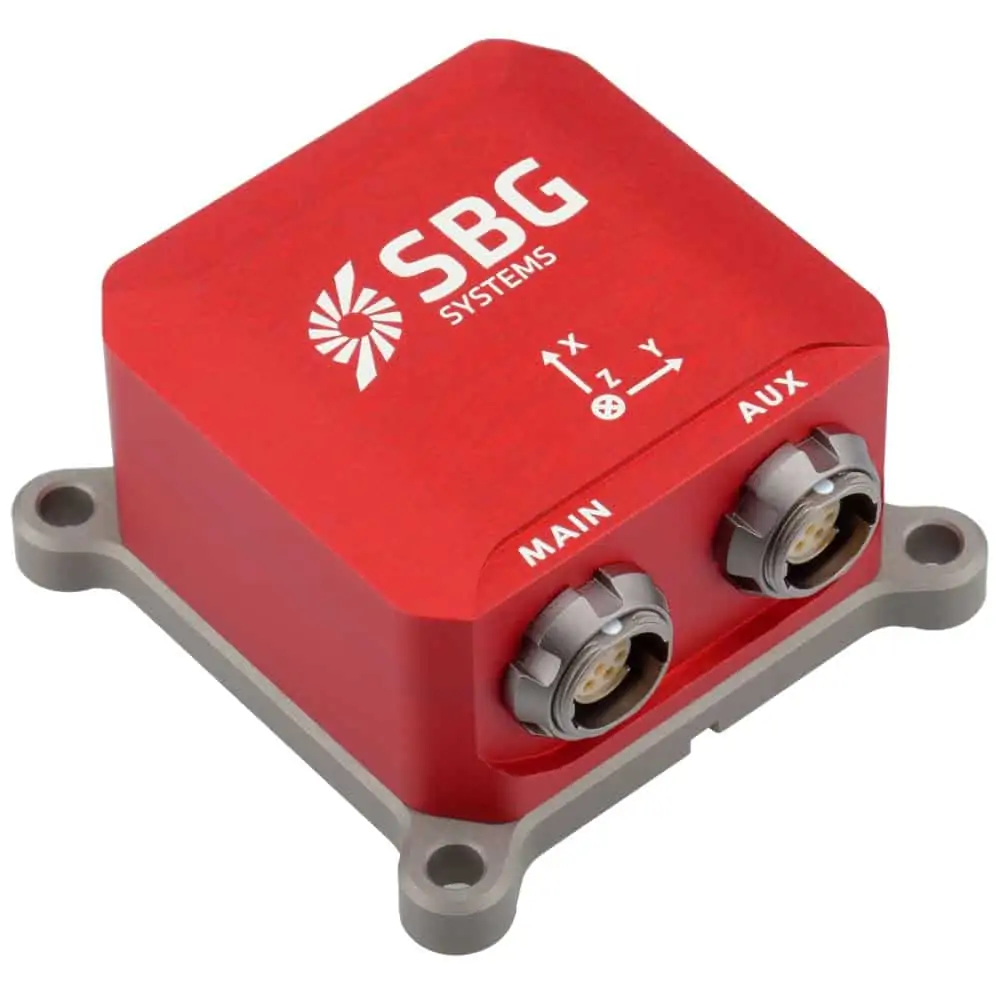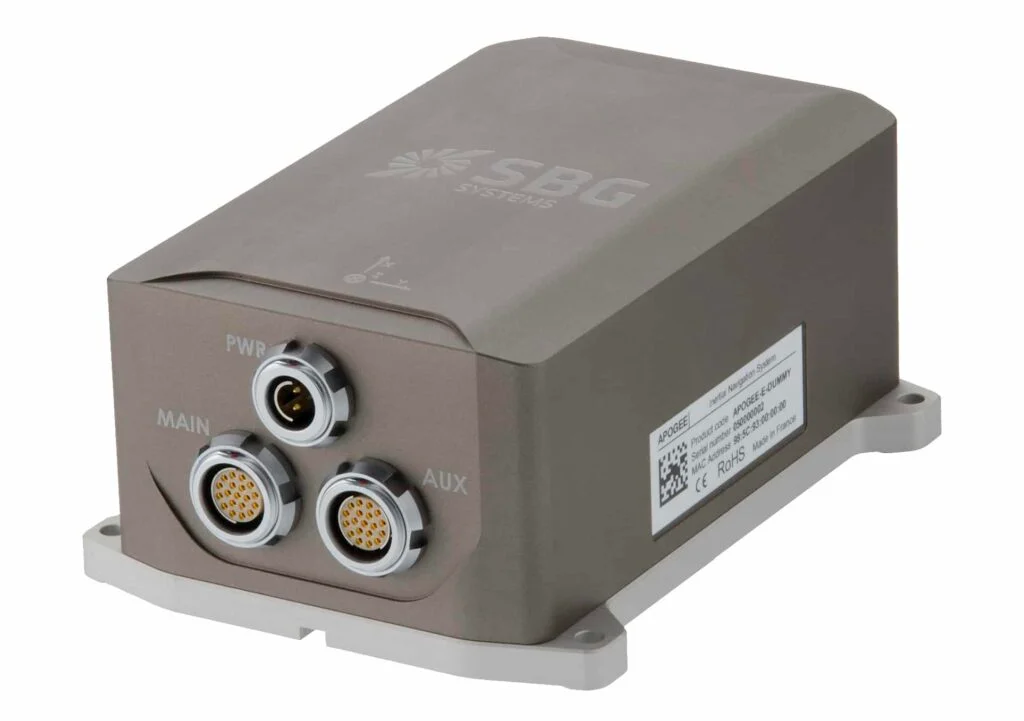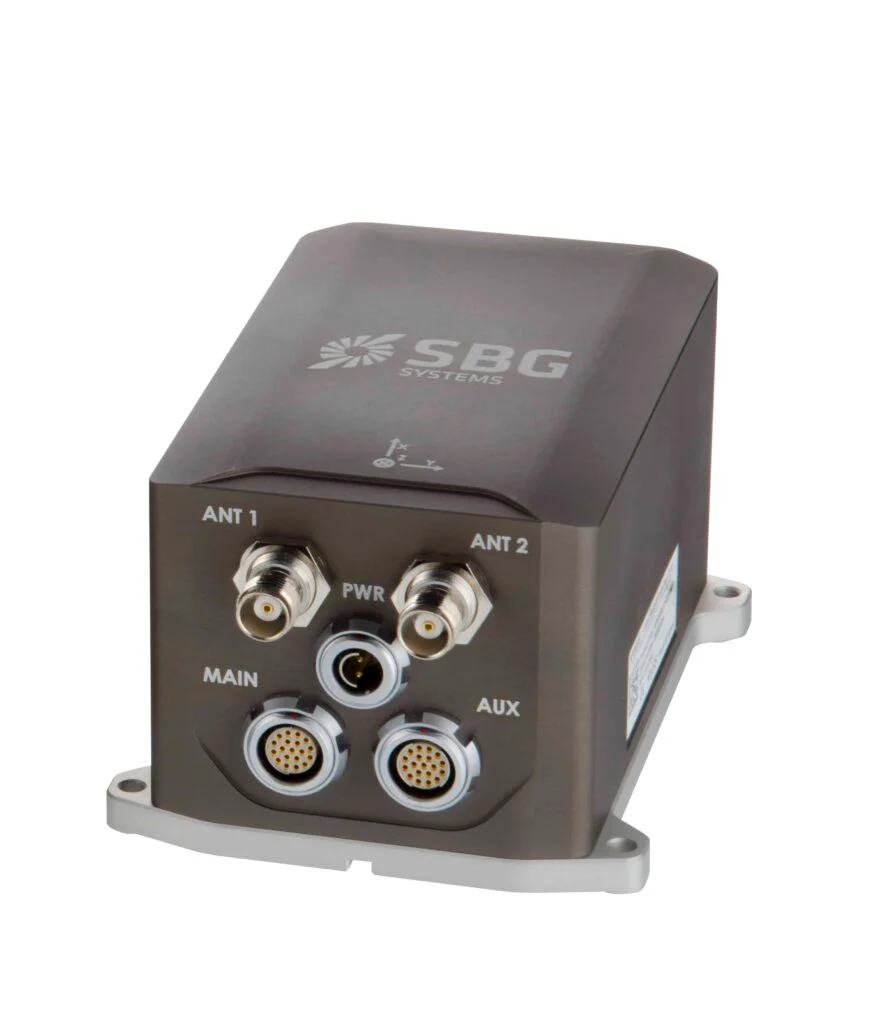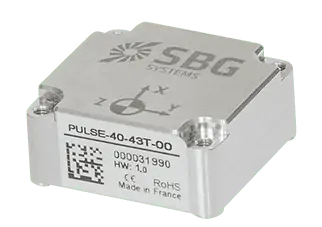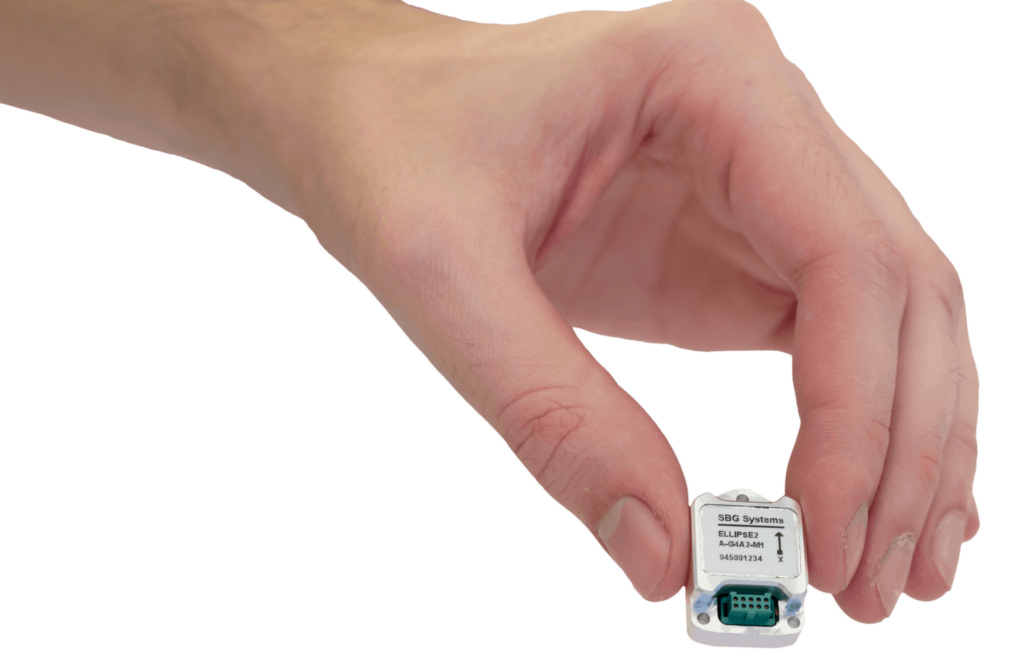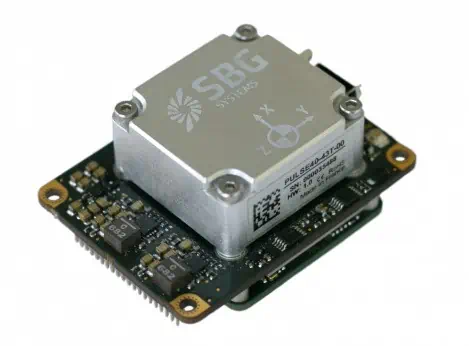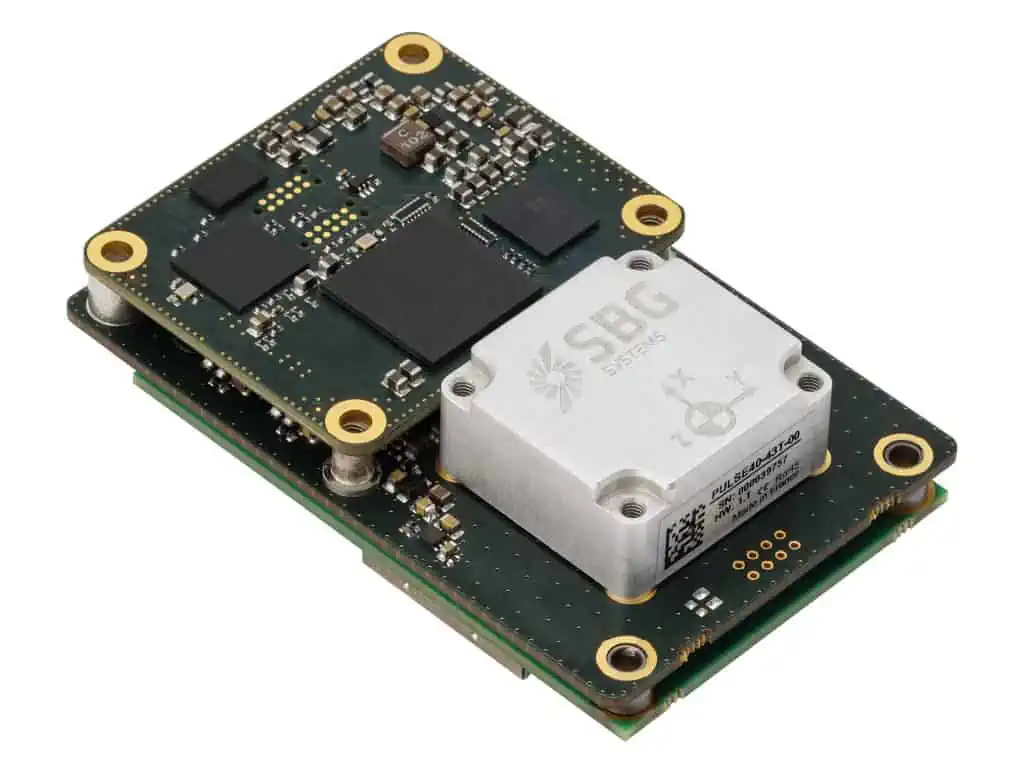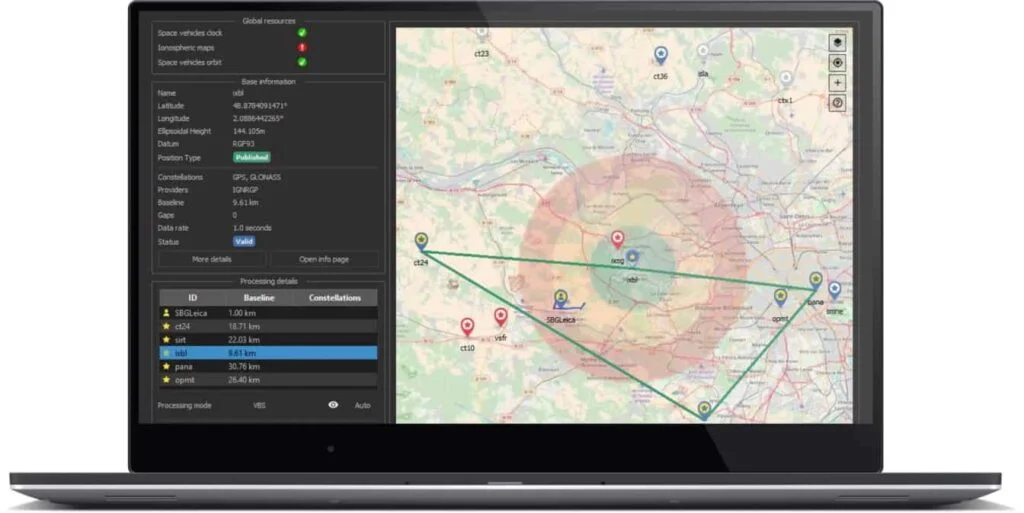SBG Systems has published a thorough evaluation report on the efficacy of its inertial navigation systems (INS) in environments where GNSS signals are unavailable, particularly in marine and submarine contexts.
This assessment examines three distinct INS models categorized by performance levels: the industrial-grade ellipse, the tactical-grade Ekinox Micro, and the high tactical-grade Apogee.
The report delves into thier functionalities both with and without the assistance of Doppler Velocity Log (DVL) technology, utilizing SBG’s Qinertia post-processing software for analysis.
It highlights the importance of DVL technology, which gauges velocity in relation to the seabed or water column through acoustic Doppler shifts, operating in two main modes: bottom track and water track.
Testing was conducted aboard a vessel in Cagnes-sur-Mer,France,under optimal sea conditions,and was structured into three distinct scenarios:
- Pure Inertial Dead Reckoning – In this scenario,both GNSS and DVL signals were turned off. The results indicated that the Apogee model exhibited the least drift, outperforming both Ekinox Micro and Ellipse in accuracy. The Ellipse model experienced rapid error accumulation, even with magnetometer input.
- Dead Reckoning with DVL support – Here, GNSS was disabled while DVL remained operational. The presence of DVL markedly enhanced the performance of all INS models. Apogee sustained high accuracy over prolonged periods, while Ekinox Micro displayed moderate drift.The Ellipse model showed important improvement with magnetometer assistance but deteriorated quickly in their absence.
- Influence of warm-Up Duration – Various warm-up durations were assessed using the Ekinox Micro. Findings revealed that extended warm-up periods resulted in significantly reduced error rates, underscoring the critical nature of system initialization before navigating in GNSS-denied environments.
The report concludes that effective navigation in scenarios lacking GNSS support necessitates a combination of high-quality inertial measurement units (IMUs), dependable heading estimation methods (like magnetometers), velocity assistance (DVL), and adequate warm-up time.
All evaluated units either met or closely aligned with their performance benchmarks during a 10-minute dead reckoning assessment, validating their effectiveness for marine and submarine applications in the absence of GNSS.
Access the complete report >>

